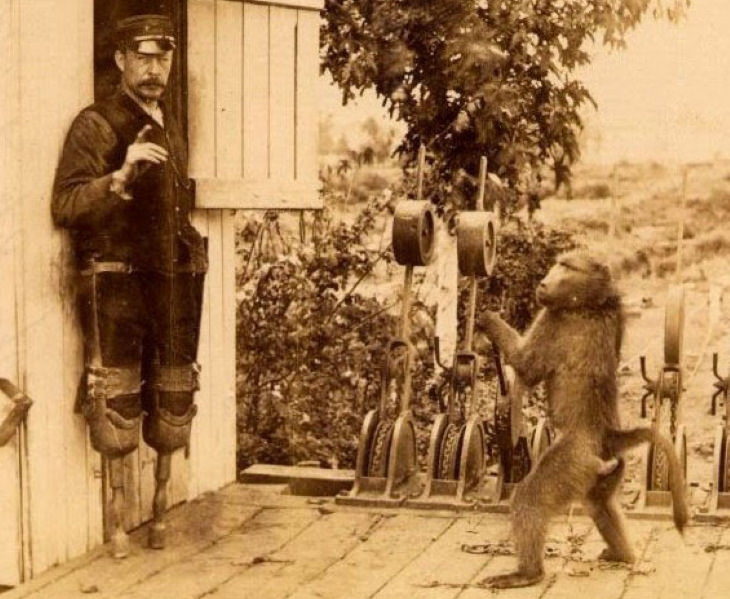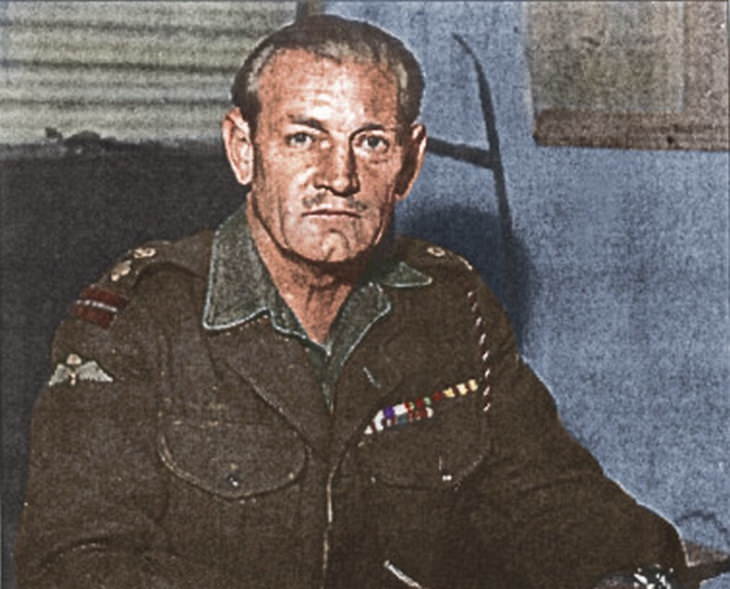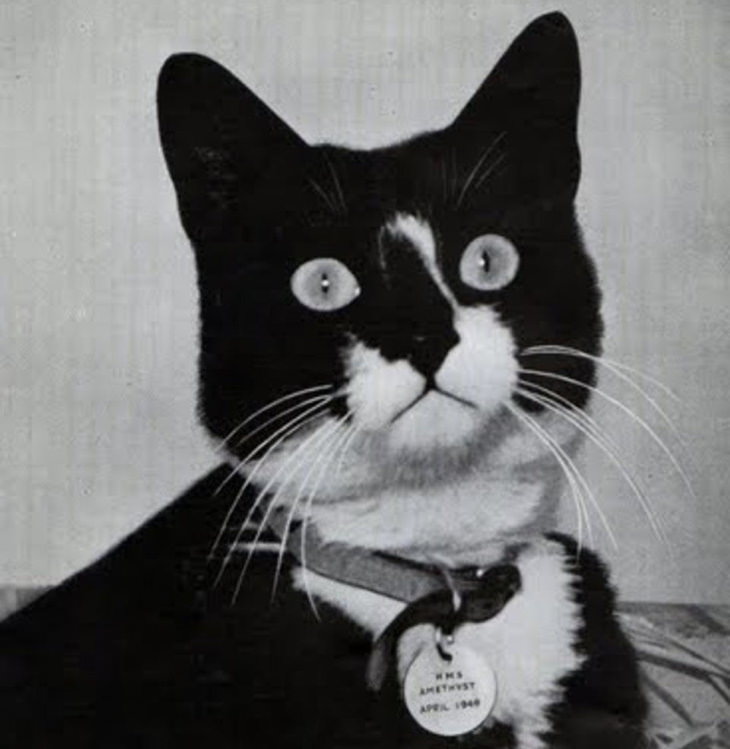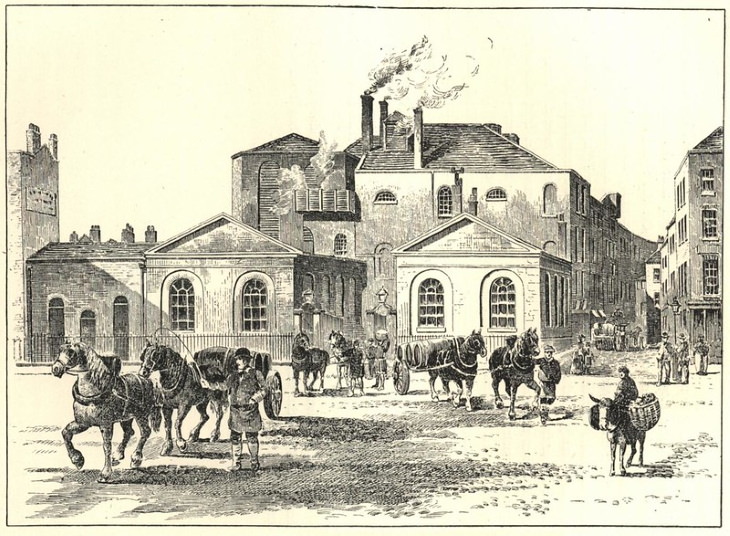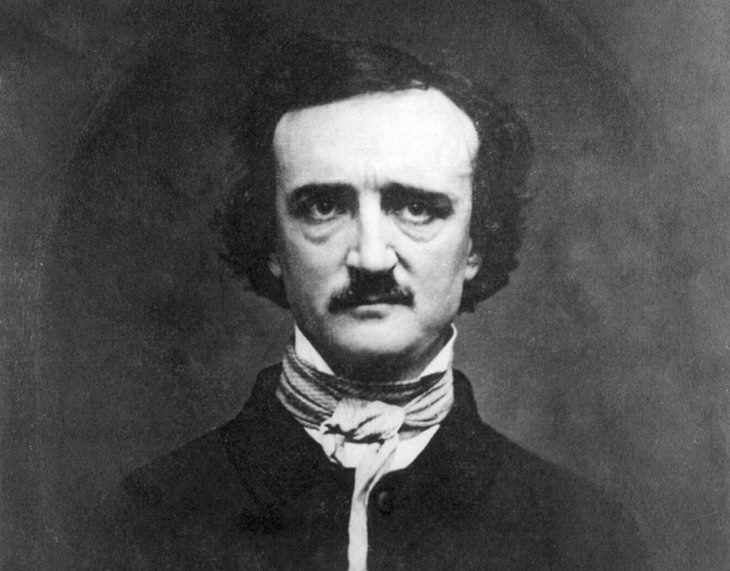1. Jack, the Busy Signalman
Jack and James Wide in 1890
You might ask, “What’s so special about a signalman named Jack?” Not much, really, as just like any signalman in late 19th century South Africa, Jack was officially employed by the railway, paid twenty cents a day, and given half a bottle of beer each week for changing railway signals. Except Jack was not human, he was a baboon. What’s more, during his nine-year-long career at the railway, Jack didn’t make a single mistake.
But how did this clever baboon become a railway worker? Well, he was purchased by one James Wide, a signalman who worked for the Cape Town–Port Elizabeth Railway service. Wide lost both of his legs in a train accident, and as a double amputee, it was difficult for him to fulfill his duties, so he got a baboon and trained it to change train signals - Jack. Today, Jack’s skull is preserved at the Albany Museum in Grahamstown, South Africa.
2. The Lucky Paraglider
Not all unbelievable stories come from the distant past - here is one from the 21st century. Ewa Wiśnierska is a Polish-German paraglider who is most famous for the unfortunate adventure that happened to her in 2007, but the athlete actually won the Paragliding World Cup several times.
On February 14, Wiśnierska tried to fly in preparation for the Paragliding World Cup near Manilla, Australia, despite a weather forecast alerting everyone in the area of an upcoming thunderstorm. The paraglider got caught in the wind between two thunderstorms and lifted to an altitude of nearly 10,000 m (over 32,000 ft), finding herself in extreme cold, strong winds, and a lack of oxygen inside a cumulonimbus cloud. Unbelievably, Wiśnierska managed to survive the storm and landed 3.5 hours later just 60 km (37 miles) away from her starting position.
3. The Unbelievable Life of Mad Jack Churchill
The man in the photograph above is a WWII hero like no other, as he is known as the only British soldier to hit a target from a longbow during World War II. Yes, you heard it right, a longbow. During his lifetime, Churchill had many occupations, he worked as a newspaper editor, a model, and an actor, but his lifelong hobbies were archery and playing the bagpipe.
During WWII, Churchill fought in France and Norway, and during this time, he accomplished several unbelievable feats. He was captured and escaped concentration camps several times, killed an enemy sergeant with a barbed arrow, and attacked the enemy troops with a group of soldiers while playing bagpipes and simultaneously throwing a grenade in battle.
The bizarre character also always carried a Scottish broadsword with him and was famously quoted saying, "Any officer who goes into action without his sword is improperly dressed." Churchill survived WWII and continued a life worthy of his name that included surfing in Australia, a few film appearances, and a long, happy, and certainly eccentric retirement.
4. Unsinkable Sam, the Luckiest Cat in History
Unsinkable Sam, also known as Oscar, was the nickname given to a very lucky cat who famously survived the sinking of three ships during World War II. Initially, it is believed that the black and white cat was owned by an unknown crewman of the German battleship "Bismarc". Hours after the ship was sunk by the British destroyer "HMS Cossack", one of the British crewmen spotted the poor cat on a floating board in the sea and saved him. For years, Sam lived on the British ship, until it, too, had sunk.
Once again, Sam survived and was saved, "being transferred" to the aircraft carrier "HMS Ark Royal". In 1941, this ship was torpedoed, but everyone except for one person, including Sam, were rescued from the sinking ship. In 1943, Sam's naval career had ended, and he lived happily ever after in a seaman's home in Belfast called the "Home for Sailors" for another 12 years!
5. The Great London Beer Flood
The Horse Shoe Brewery
'The Great London Beer Flood' sounds like the name of a music festival, and not an actual historical event. No matter how fun it sounds like, we assure you, you wouldn't have wanted to be there when it happened on October 17, 1814, as it actually killed eight people.
The disaster occurred at Henry Meux’s Horse Shoe Brewery in London (an illustration of which can be seen above). One of the beer vats containing a whopping 3,550 barrels of maturing porter suddenly collapsed and violently flooded the surrounding area of Tottenham.
6. The Infamous Short Story That Came True
Photograph of Edgar Allan Poe taken by W.S. Hartshorn, 1848
In 1838, Edgar Allan Poe published 'The Narrative of Arthur Gordon Pym of Nantucket', a novel that tells the gruesome story of the crew of a ship called 'Grampus', who are stranded without food and water in a busted boat. At some point in the story, the survivors resort to cannibalism, murdering the young cabin boy and eating him. At the time, Poe was even quoted as calling the story "very silly", meaning that the same narrative would have never occurred in real life.
Alas, just a decade later, in 1884, the horrific story came true with eerie accuracy as the ship called the 'Mignonette' headed towards Australia sank, leaving only four surviving crewmembers. In the absence of drinking water, the youngest crewmember, the 17-year-old named Richard Parker resorted to drinking saltwater and fell ill. The rest of the crewmates, who were at the point of starvation, decided to kill and eat Richard.

